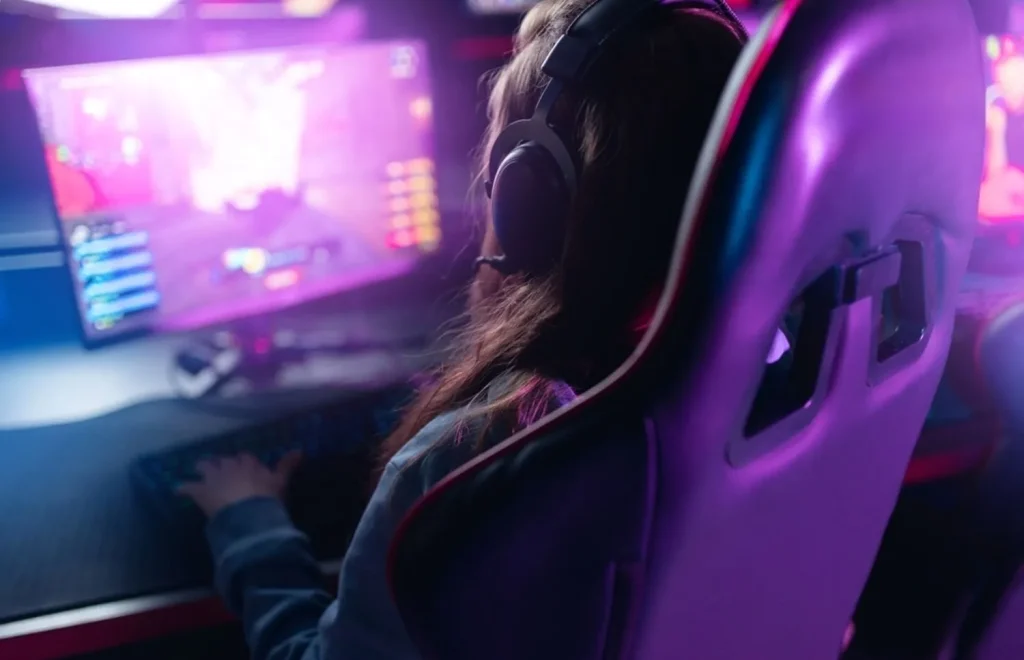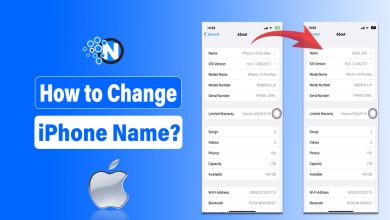How the Gaming Industry Is Empowering Players

The gaming industry has undergone a massive transformation over the past decade. I have seen in my gaming journey that what started as a simple form of entertainment has turned into a massive, player-driven ecosystem where creativity and fairness matter more than ever. New gaming technologies have changed the way games are developed and played.
And the biggest shift of all? Power is moving from developers to players.
Gamers have a louder voice and more tools to shape their own experiences and be part of something bigger than just sitting in their home playing a clunky PS One game!
In this blog post, I will explain how the gaming industry is empowering players in ways that were unimaginable just a few years ago.

Ways the Gaming Industry Is Empowering Modern Players
The Rise of Blockchain
Blockchain has introduced some huge shifts. With this technology, every transaction and outcome can be verified. Players can verify that a game’s results are random and fair. This is something made possible through what’s called a provably fair system.
This has become a new layer of trust. It gives people confidence that what they’re playing isn’t influenced by hidden factors behind the scenes. The choice of games is still just as impressive. There is the same range of table and casino games for players with this new technology incorporated. The range of casino games at PeerGame has provably fair mechanics and is built to be part of Web 3.0’s ecosystem.
Blockchain also reshaped payments on PeerGame and in the wider industry. Cryptocurrencies allow instant deposits and withdrawals without the waiting times that traditional payment systems used to have. Players can hold digital assets or use them across platforms that support crypto.
Some newer blockchain-based games let players actually own in-game assets. This could be an asset or token that exists independently of the game. It’s another sign that gaming is moving toward a more player-powered model thanks to blockchain.
Cross-platform Play
In the past, games kept players in silos. Console users couldn’t play with PC players. Many mobile gamers were stuck in their own world. That’s changed completely. Cross-platform play has become one of the most interesting examples of how developers are putting players first.
This shift means that friends can join the same game no matter what device they’re using. Someone on a console can link up with another on a phone or computer. This makes games more social and accessible.
Cross-platform gaming also changes the way communities form. Players aren’t separated by hardware anymore. It has helped games grow beyond their original audiences.
User-Created Content
Players don’t just want to play anymore. They also want to create. The rise of modding communities and user-generated content has turned gaming into a two-way experience.
Modern games often include powerful tools that let players build their own maps or entire worlds. What used to be hidden behind professional development tools is now open to everyone with an idea and the time to experiment. The results are often incredible. Some games have a constant stream of community-created content.
This shift has given players a bigger role in how games evolve. Game developers are paying attention, some studios even hire modders or bring fan-made ideas into official releases. It’s a sign of how the balance of power has changed.
Cloud Gaming
Cloud gaming is another area where the focus on player empowerment is clear. This is not just about playing on the go (there are technologies like handheld PCs that already make this possible). It’s a technology that removes one of the oldest barriers in gaming in the form of expensive barriers.
Instead of relying on powerful consoles or high-end computers, players can stream games directly to their phones or even smart TVs. The game runs on remote servers. The experience is smooth and responsive on devices that normally couldn’t handle modern graphics. It is more about having a speedy web connection.
That shift has opened doors for more players around the world. It’s also made gaming more flexible. Someone can start a game on a laptop and pick up exactly where they left off on a phone. It’s the kind of convenience that other entertainment industries have already worked out with things like Netflix.
Mobile games have been at the forefront of this evolution. Their lightweight design means they load quickly and run well even on slower devices. Many mobile games set the example for larger games to follow as technology like faster internet connections became mainstream.
Community-Driven Development
More studios are realizing that the people who play their games can be their best collaborators and provide some of the best ideas for the future of the game. Community-driven development has become one of the defining trends of the modern gaming world, as these opinions are no longer restricted to the forums and magazines.
Developers use things like beta programs and social media polls to get real feedback. Sometimes, they even let players test early versions of games and vote on features they want to see. The gaming world is giving players more power than ever before.
Final Thoughts: Power to the Players
Gaming is no longer a passive hobby. It’s a platform for creativity, connection, and empowerment. Whether you’re customizing your avatar, building a virtual empire, or advocating for change, your voice matters. The gaming industry is listening and responding with tools, platforms, and experiences that put players first. So the next time you pick up a controller or log into a game, remember: you’re not just playing. You’re shaping the future of gaming.



